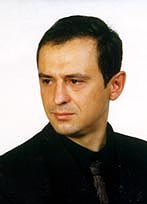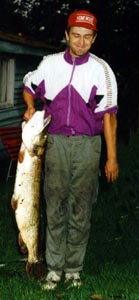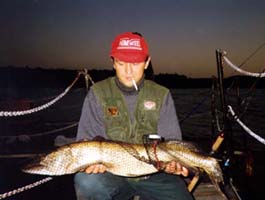pulselab@orange.ichtj.waw.pl
|
Pulse Radiolysis Laboratory pulselab@orange.ichtj.waw.pl |
|
Head: Prof. Krzysztof Bobrowski |
 |
PROFILE:
Chemist EDUCATION: 1994 M.Sc. Faculty of Chemistry, Warsaw University, Poland. 2001 Ph.D. Department of Radiation Chemistry and Technology, Institute of Nuclear Chemistry and Technology, Warsaw, Poland. SKILLS: Computer / System environments: DOS - perfect UNIX (IRIX) - Silicon Graphics network administrator authorization paper Microsoft Windows- perfect Office tools: Excel - perfect Word for Windows- perfect |
Programming tools: Visual Basic - v. good Turbo Basic - v. good Turbo Pascal - good Visual C++ - good Delphi -v. good HTML - perfect Java - good Drawing tools: CorelDRAW! - perfect ( with Photo PAINT!, .....) Autocad - perfect 3DStudio (MAX) - perfect QuarkXpress - v. good Adobe PhotoShop - perfect and others... . |
 |
 |
 |